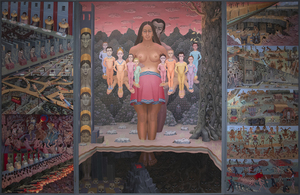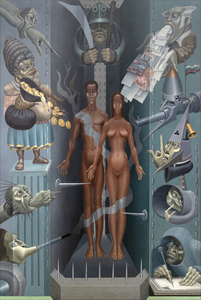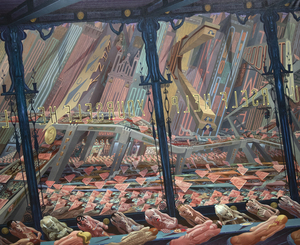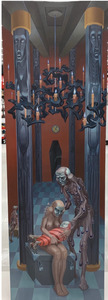AI WEIWEI (geb. 1957)
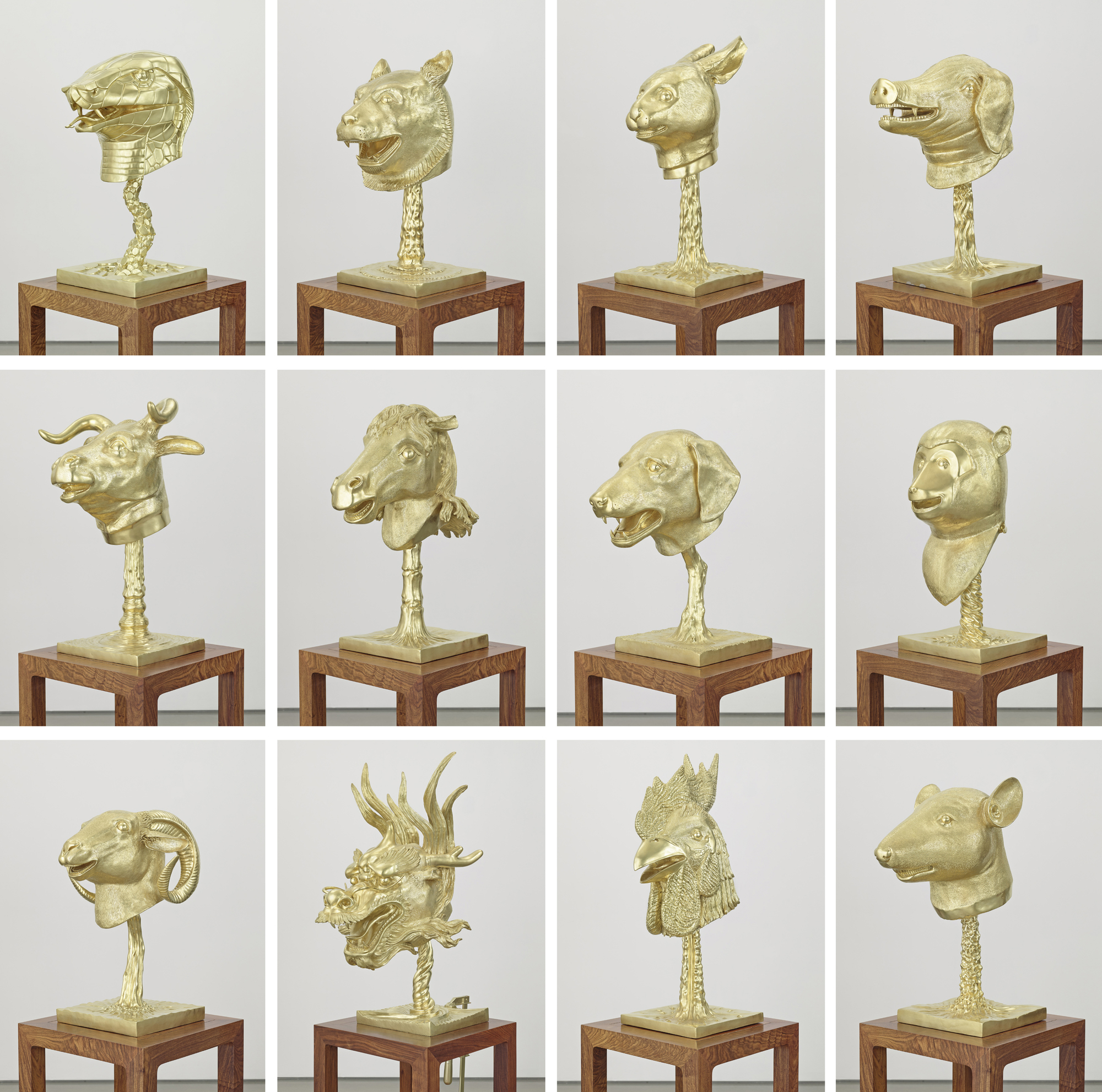

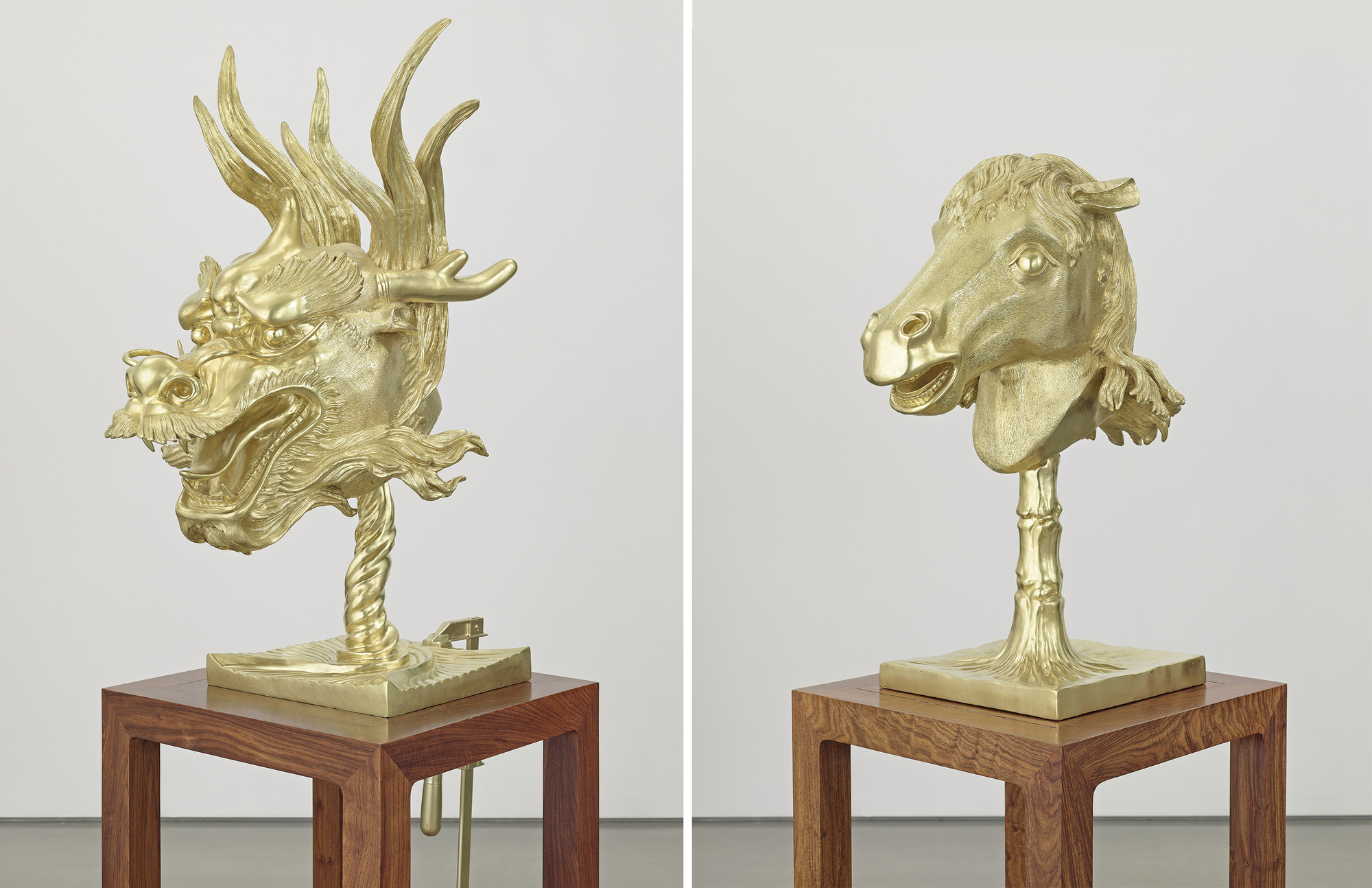

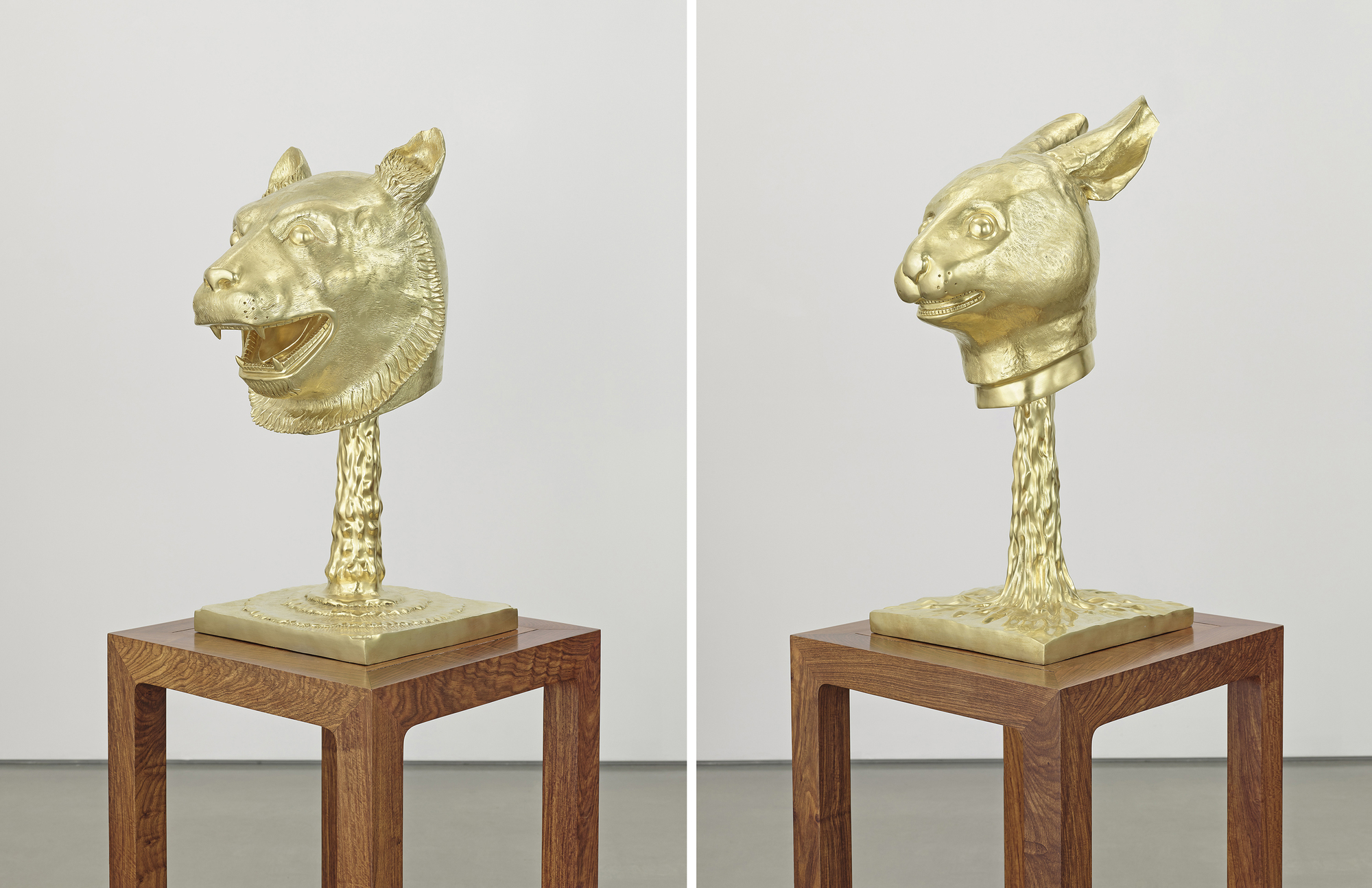
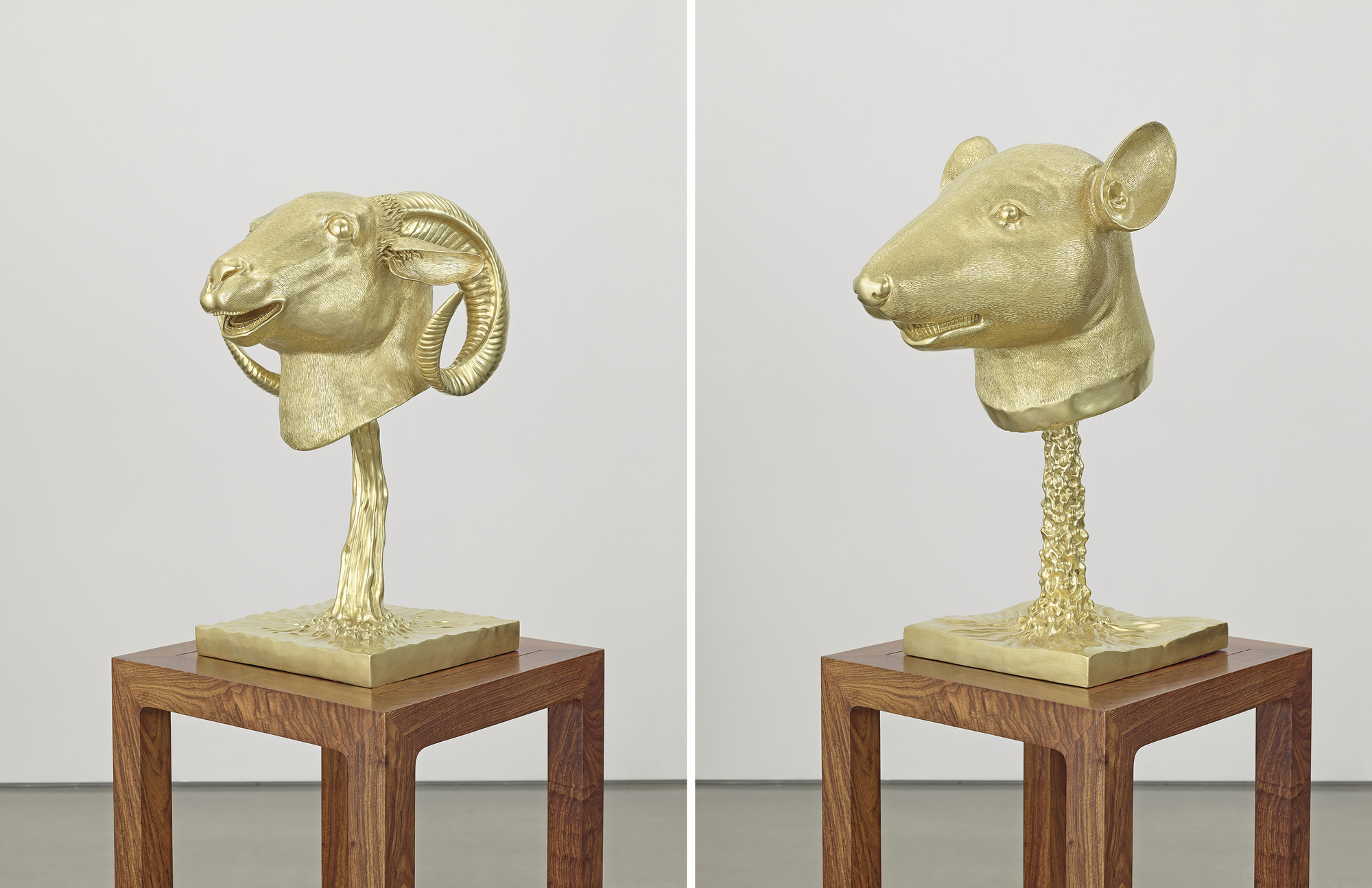

Provenienz
Friedman Benda, New YorkPrivatsammlung, erworben von der oben genannten Person, 2014
Sotheby's, New York, 15. November 2019, Los 441
Privatsammlung, erworben aus dem oben genannten Verkauf
Ausstellung
Montreal, Kanada, Musee d'art Contemporain de Montreal, Zoo, Mai - September 2012, S. 68-77 und 218, in Farbe abgebildet (ein weiteres ausgestelltes Beispiel)San Diego, Kalifornien, Museum of Contemporary Art San Diego, Ai Weiwei: Circle of Animals/Zodiac Heads: Gold, Februar - Juli 2012, in Farbe abgebildet (ein weiteres ausgestelltes Beispiel)
East Hampton...Mehr.....New York, LongHouse Reserve, Ai Weiwei: Circle of Animals/Zodiac Heads: Gold, August - Oktober 2013, in Farbe abgebildet (ein weiteres ausgestelltes Beispiel)
Moskau, Russland, Garage Museum of Contemporary Art, Personal Choice: Collectors' Selections From Their Own Collections, Februar - April 2014 (ein weiteres ausgestelltes Beispiel)
Dallas, Texas, The Crow Collection of Asian Art, Ai Weiwei: Circle of Animals/Zodiac Heads: Gold, September 2013 - März 2014, illustriert in Farbe (ein weiteres ausgestelltes Beispiel)
Berlin, Deutschland, Martin-Gropius-Bau, Ai Weiwei - Evidence, April - Juli 2014 (ein weiteres ausgestelltes Exemplar)
Oxfordshire, England, Blenheim Palace, Ai Weiwei at Blenheim Palace, Oktober 2014 - April 2015, S. 92-99 und 140, farbig illustriert (ein weiteres ausgestelltes Exemplar)
Palm Springs, Kalifornien, Palm Springs Museum of Art, Ai Weiwei: Circle of Animals/Zodiac Heads: Gold, Dezember 2014 - Mai 2015, illustriert in Farbe (ein weiteres ausgestelltes Beispiel)
Portland, Oregon, Portland Art Museum, Ai Weiwei: Circle of Animals/Zodiac Heads: Gold, Mai - September 2015, illustriert in Farbe (ein weiteres ausgestelltes Beispiel)
...WENIGER.....
Geschichte
Diese zwölf Skulpturen stellen die mit dem traditionellen chinesischen Tierkreis verbundenen Tiere dar. Der Zyklus von Ai Weiwei bezieht sich auf eine europäische Darstellung der Tierkreiszeichen, die von dem italienischen Jesuiten Giuseppe Castiglione entworfen wurde. Die Originalskulpturen wurden im 18. Jahrhundert für einen kunstvollen Brunnen mit Wasseruhr im Yuanming Yuan (Alter Sommerpalast) errichtet, einem riesigen Komplex von Gärten und Pavillons am Stadtrand von Peking, der unter der Herrschaft der Kaiser der Qing-Dynastie gebaut wurde und einst nur der Elite der chinesischen Gesellschaft des 18.
Im Jahre 1860, während des Zweiten Opiumkriegs, wurden die kaiserlichen Gärten geplündert und die zwölf Tierkreisköpfe verdrängt. Bislang wurden nur sieben davon wiederhergestellt. Einerseits erinnern die geplünderten Köpfe an einen Tiefpunkt im internationalen Profil des Landes, den Beginn des "Jahrhunderts der nationalen Demütigung" Chinas. Andererseits haben der Geist des Nationalismus und der Wert, den die Objekte in der Kunstwelt repräsentieren, einen Ruf nach Rückführung ausgelöst.
Für Ai wird der Tierkreis zum Futter für die Neuinterpretation von Kulturgütern aus seinem eigenen historischen Wissen und seiner künstlerischen Freiheit. Ai bearbeitet alle zwölf Kreaturen neu. Für den fehlenden Drachen, die Schlange, den Widder, den Hahn und den Hund stellt der Künstler stilistische Bezüge zu den vorhandenen Köpfen her, auch wenn er Einflüsse aus vergangenen Dynastien sowie wissenschaftlichen Realismus einbringt. Circle of Animals/Zodiac Heads beschäftigt sich mit den Themen Plünderung, Rückführung und kulturelles Erbe und erweitert gleichzeitig die Themen, die Ai in seiner Arbeit immer wieder aufgreift: die "Fälschung" und die "Kopie" im Verhältnis zum Original. Als Konzeptkünstler, der ein Gespür für die Kunsthandwerker hat, die seine Werke herstellen, ist der Künstler in der Lage, "etwas zu produzieren, das eine Kopie eines Originals ist, aber keine exakte Kopie - etwas, das seine eigene sensible Sprachschicht hat, die anders ist, und das den Stempel unserer eigenen Zeit trägt".
Als Teil ihrer ständigen Aufgabe, Museen weltweit außergewöhnliche Kunstwerke zur Verfügung zu stellen, hat Heather James Fine Art mit Museen zusammengearbeitet, um ein Set für die Öffentlichkeit auszuleihen und auszustellen, darunter das Farnsworth Museum (2018), das Tucson Museum of Art (2016), das Portland Museum of Art (2015) und das Phoenix Art Museum (2015). Ai Weiwei schuf zwei Serien von Skulpturen, die die Tiersymbole des traditionellen chinesischen Tierkreises darstellen: eine monumentale Bronze-Ausgabe für den Außenbereich und diese, die kleinere Gold-Ausgabe (aus Bronze) für den Innenbereich.
Über den Künstler
Ai Weiwei ist ein Künstler, Architekturdesigner, Kurator sowie Sozial- und Kulturkritiker, der seine Werke seit Ende der 1990er Jahre international ausstellt. Er wurde 1957 in Peking geboren und studierte Kunst und Film in China, bevor er 1981 nach New York zog, wo er die Cooper Union besuchte. Ai blieb mehr als ein Jahrzehnt in den Vereinigten Staaten und kehrte 1997 nach China zurück. Seitdem ist der Künstler maßgeblich an der Förderung der aufstrebenden Kunstszene Chinas beteiligt. Ais künstlerische Praxis ist untrennbar mit kulturellem Engagement verbunden und überschreitet bereitwillig die Grenzen zwischen verschiedenen Medien - kulturell, künstlerisch und sozial. Im Jahr 2008 erlangte der Künstler große Aufmerksamkeit für seine Zusammenarbeit mit dem Architekturbüro Herzog & de Meuron für das "Vogelnest", Chinas nationales Olympiastadion. Vielleicht war es jedoch seine Inhaftierung durch die chinesische Regierung von 2011 bis August 2015, die seine Ansichten einem größeren Publikum nahebrachte. Vor kurzem hat Ai China verlassen und lebt nun in Deutschland. Er schafft weiterhin neue Werke und nutzt seine große internationale Bekanntheit, um sich für künstlerische und persönliche Freiheit einzusetzen.

Zusätzliche Ressourcen
Bild-Galerie
Fragen Sie
Das könnte Ihnen auch gefallen
























,_new_mexico_tn40147.jpg )

